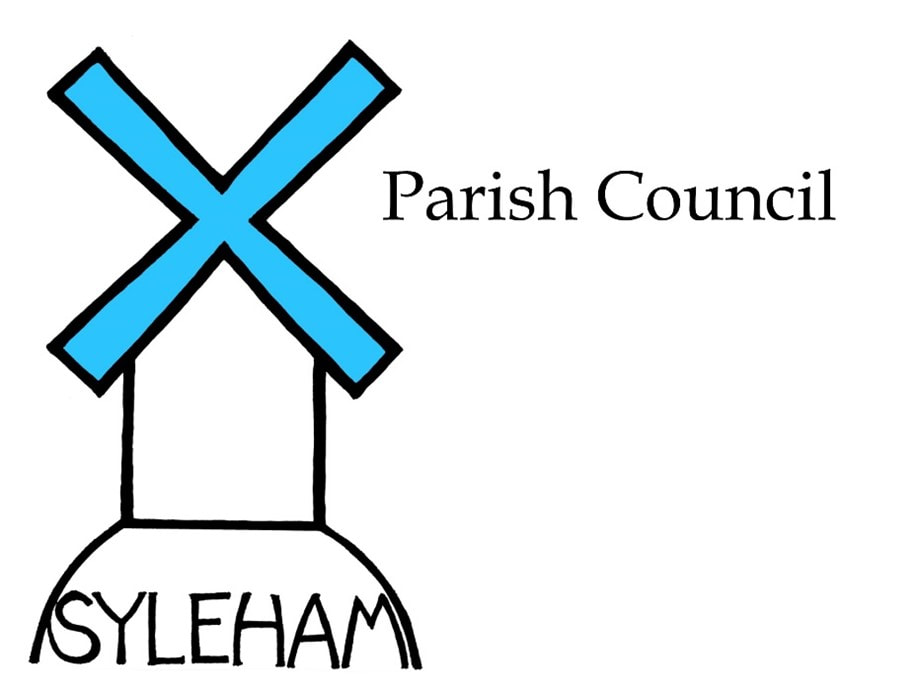|
Unlike its neighbour Wingfield, Syleham cannot count major aristocratic families in its history and it does not boast an heraldic symbol, although there were at one time three small manors including one which belonged to the Priors of Thetford.
Research into the past has been carried out by a local historian and, amongst other things, provides some answers why the village seems to have developed as two settlements, one along the Waveney Valley and the other up on the hill. Extracts from these findings will be added to this site as time permits, so watch the space. Certainly the upper village, around what was the Great Green, appears to have been a working village; there are several farms still in operation and a ruined windmill as a ghost from the past. Monks Hall provides a reminder of the link with Thetford Priory and was the monks' hunting lodge. The road on which Monks Hall stands used to be known as Thetford Way. It has also been known as Kings Way as Henry II is believed to accepted submission from Hugh Bigod, Earl of Norfolk, at Syleham Cross in July 1174; the Millennium was marked by reinstating the cross on its original site. The site of the water mill, in the valley by the toll bridge to Brockdish, is clearly evident and, within memory, there was a thriving garment factory alongside – a source of employment for the village and a reminder of the flax growing industry. The mill is now converted into dwellings and the factory site accommodates four houses built at the turn of the 21st century. Personal contributions to this page of the website, however small, would be warmly welcomed. For example, the Parish Clerk’s home is called “Little Hemplands” after its description on the 1836 tithe map; the neighbouring plot was “Great Hemplands” and, together, these suggest that the parish made its statutory contribution to the production of hemp as required by the Tudors. There is a lot more to be done with this page. There are a lot of people out there who have interesting little bits of information which could be put on this page and shared - so please email in if you can contribute! Some day someone will have the time to produce a coherent history! We have recently sent photographs and information relating to the Mann family (former millers) to an historian in Australia who is researching a book. Charles Mann emigrated to Australia in 1836 and became the first Advocate General; there is a street named after him in Adelaide. Charles Mann will be in the book alongside the Duke of Wellington, Lord Brougham and Lord Melbourne, so in distinguished company. |
